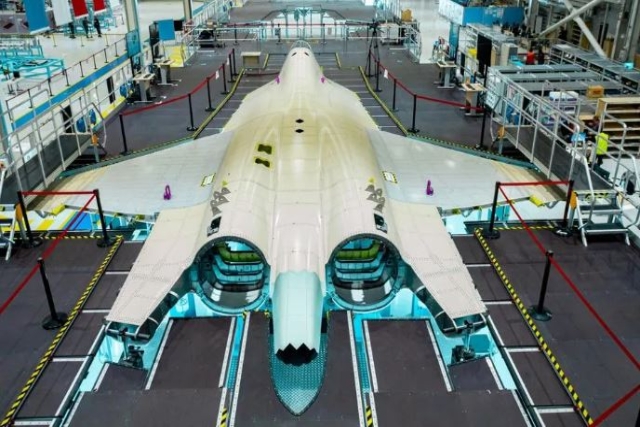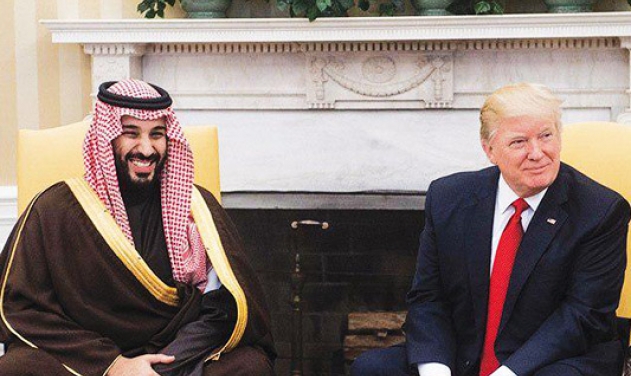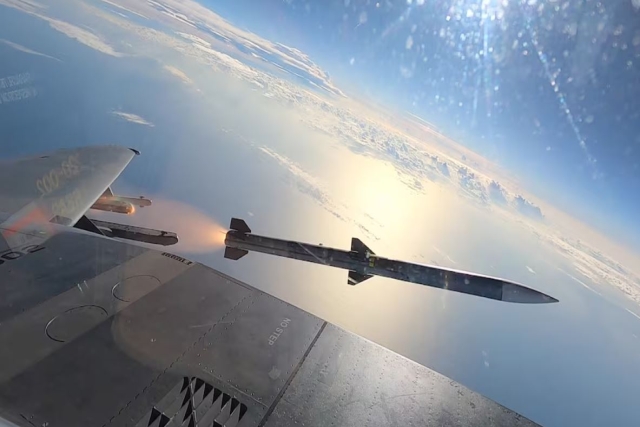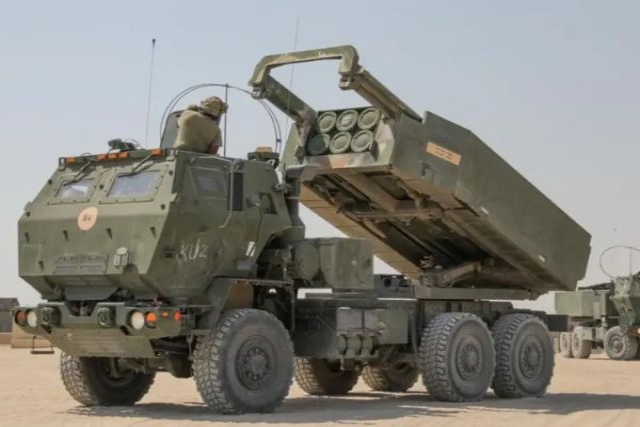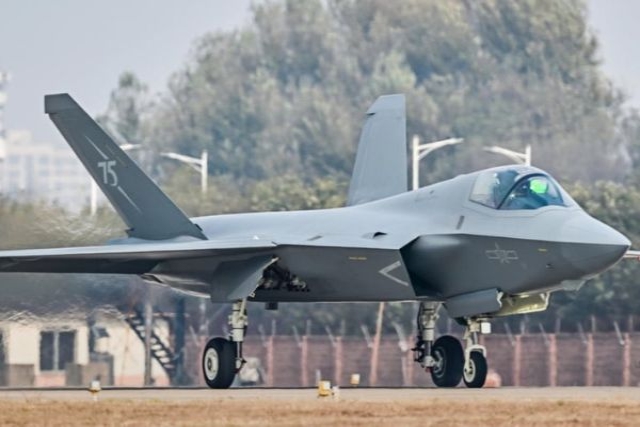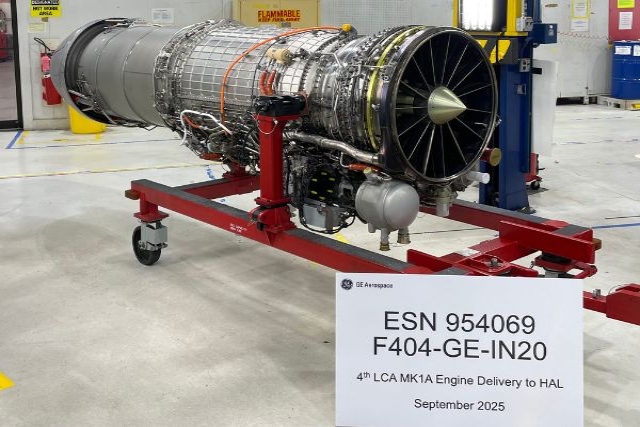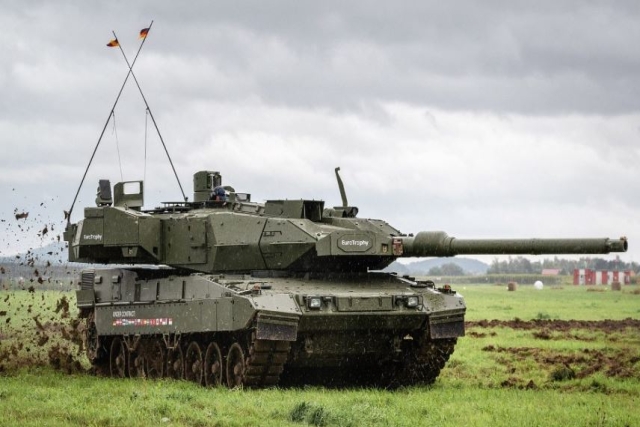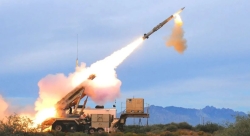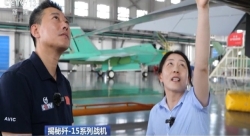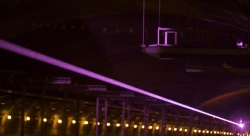China's 'Skyshield' Anti-drone System Underperforming in Saudi Arabia
Operational tests reveal serious weaknesses of Chinese laser defense in desert conditions
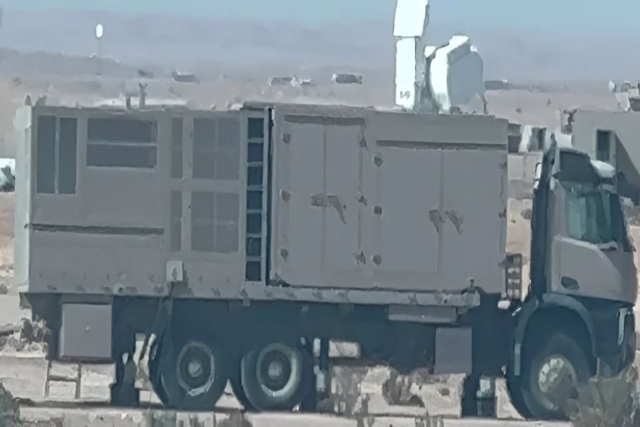
Saudi Arabia’s deployment of China-made SkyShield anti-drone system has faced major setbacks, with military officials citing serious shortcomings in its effectiveness against drone threats.
The kingdom acquired the system to protect critical infrastructure and expensive air defense assets, fielding it with Chinese technical support. However, a former Saudi military official involved in the program said the results have been disappointing. “Despite the strong performance demonstrated in trials, the effectiveness of SkyShield components in real conditions is not as high as promised,” the official was quoted as saying by Defence Blog.
The Silent Hunter laser, developed by China Electronic Technology Group Corporation (CETC), has proven vulnerable to the kingdom’s desert environment. In operational tests, the weapon required up to 15-30 minutes of continuous targeting and illumination to destroy a single drone. Dust and sand disrupted optical tracking and weakened the beam, while the harsh heat forced much of the system’s energy to be diverted into cooling rather than ignition. Constant exposure also wore down the optical systems, further limiting performance.
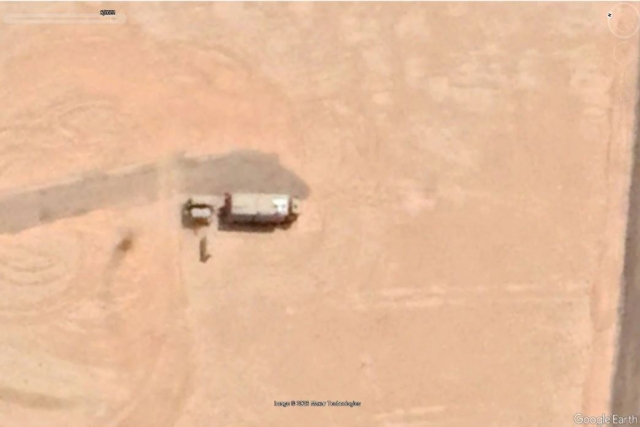
Saudi Arabia has asked China to make technical adjustments so the SkyShield can function more effectively in hot and dusty climates. Until these modifications are delivered, the Silent Hunter remains unsuitable for sustained frontline use, the report said.
The SkyShield system was marketed as a layered defense package that integrates 3D TWA radar, active electronically scanned array (AESA) radars for full coverage, electronic jamming vehicles, and the Silent Hunter laser directed energy weapon. Together, these elements were designed to combine electronic interference and direct destruction capabilities in a single unit.
